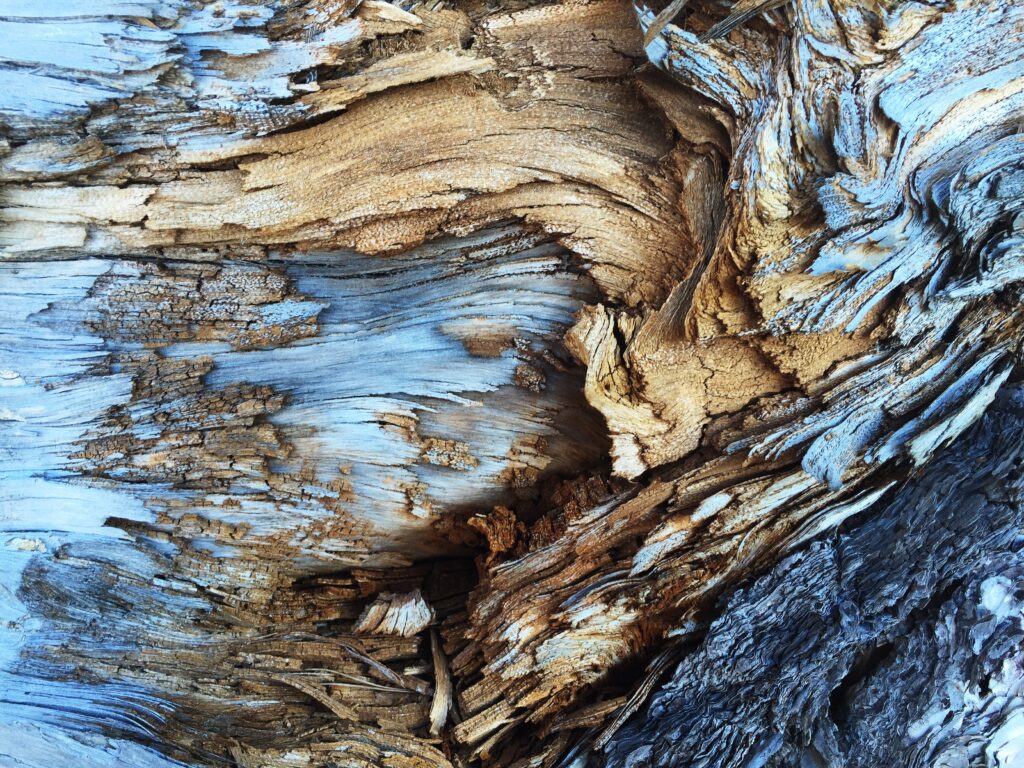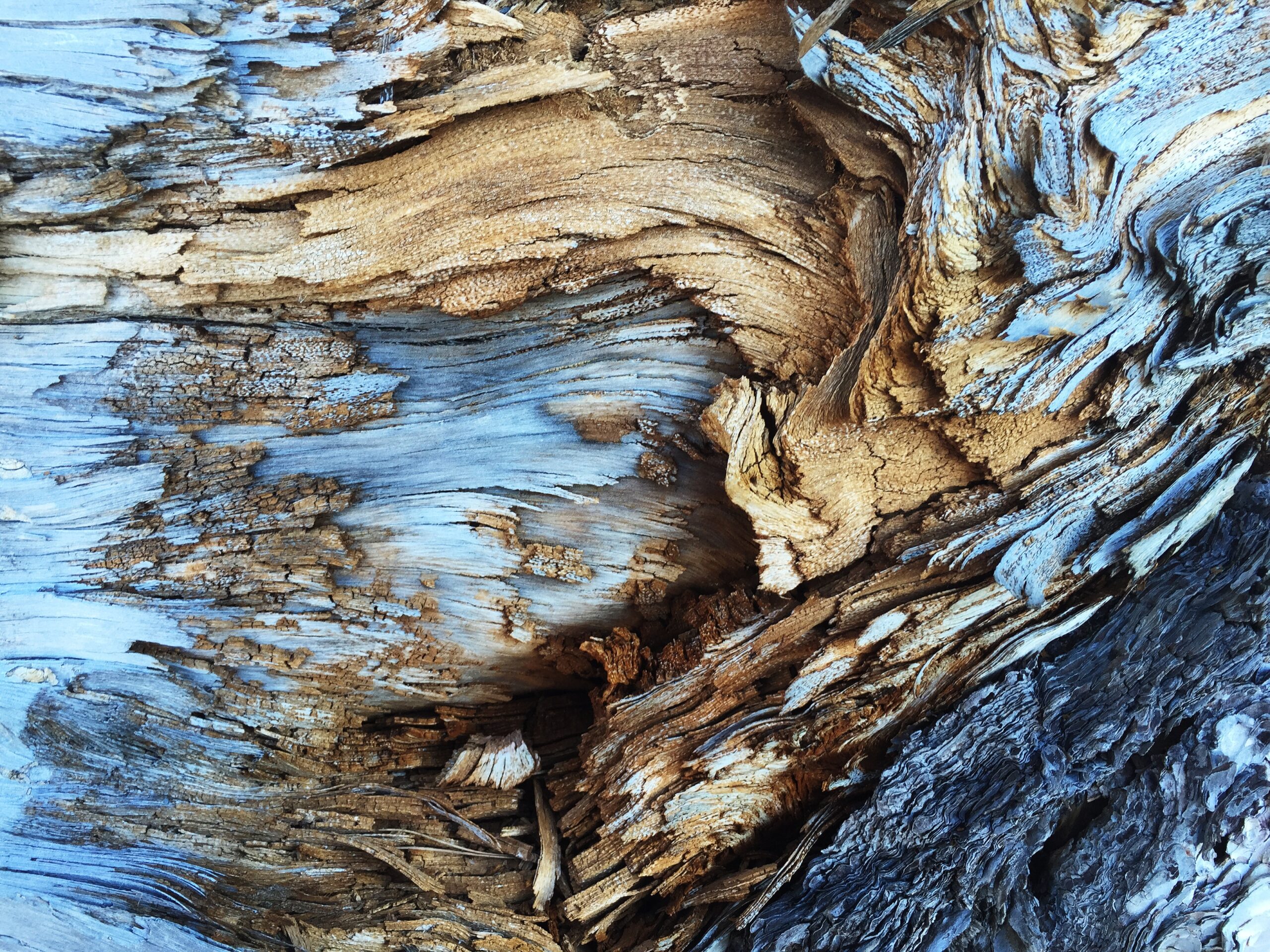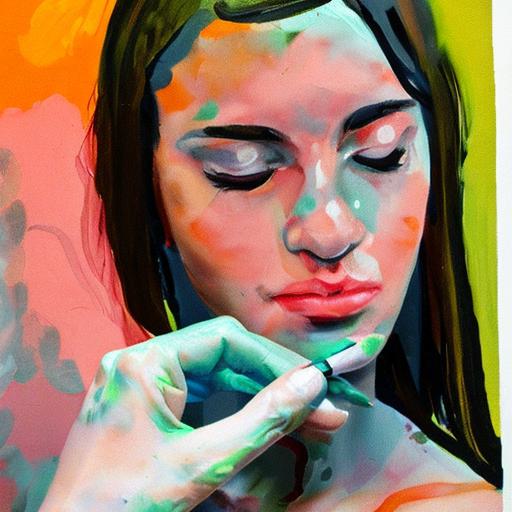Gouache paint, renowned for its vibrant colors and versatility, is a popular choice among artists. However, one common frustration that artists often encounter with gouache paint is its sticky consistency. This article explores the factors that contribute to the stickiness of gouache paint and provides valuable insights on how long it takes for gouache paint to dry completely, allowing artists to achieve the desired results in their artwork.
Factors that Affect Drying Time of Gouache Paint
Gouache paint drying time can vary depending on several factors. It is important to understand these factors in order to effectively manage the drying process and prevent sticky results.
Composition of Gouache Paint
The composition of the gouache paint itself can greatly impact its drying time. Gouache paint is made up of pigment particles suspended in a binder, typically gum arabic. The ratio of pigment to binder can affect the drying time, with higher pigment concentrations often resulting in longer drying times. Additionally, some brands of gouache paint may contain additives or extenders that can influence drying time as well.
Thickness of Paint Layer
The thickness of the paint layer can significantly affect drying time. Thicker layers of gouache paint will take longer to dry as the moisture within the paint needs more time to evaporate. Conversely, thinner layers of paint will dry more quickly. It is important to consider the desired effect and purpose of the artwork when determining the appropriate thickness of the paint layer.
Humidity and Temperature
Humidity and temperature are crucial environmental factors that can impact the drying time of gouache paint. In high humidity conditions, the paint may take longer to dry as the moisture in the air slows down the evaporation process. Conversely, in low humidity conditions, the paint may dry more quickly. Temperature also plays a role, with higher temperatures generally accelerating the drying process.
Air Circulation
Proper air circulation can help expedite the drying time of gouache paint. Adequate ventilation and airflow can facilitate the evaporation of moisture from the paint, resulting in a faster drying time. On the other hand, limited air circulation can prolong the drying process and lead to stickiness. Ensuring a well-ventilated workspace or using fans can help promote faster drying.
Surface Absorbency
The absorbency of the surface on which the gouache paint is applied can impact drying time. Porous surfaces, such as watercolor paper or canvas, can absorb moisture from the paint, which may extend the drying time. Non-porous surfaces, like laminated paper or glass, do not absorb moisture and allow the paint to dry more quickly. It is important to take the surface absorbency into consideration when estimating drying time.
Methods to Expedite Drying Time
There are several techniques that can be employed to expedite the drying time of gouache paint, allowing for quicker completion of artworks.
Thin the Paint
One effective method to speed up the drying time is to thin the gouache paint with water. This increases the paint’s flow and decreases its viscosity, allowing it to dry more quickly. However, it is important to avoid excessively thinning the paint, as this can compromise color vibrancy and opacity.
Use a Hairdryer or Heat Gun
The application of heat can significantly accelerate the drying time of gouache paint. Using a hairdryer or heat gun on a low or medium setting can provide a gentle stream of warm air to dry the paint more quickly. It is important to maintain a safe distance between the heat source and the artwork to prevent damage.
Apply Heat Lamp or Sunlight
Natural sunlight or the use of a heat lamp can also expedite the drying time of gouache paint. Placing the artwork under direct sunlight or in close proximity to a heat lamp can generate warmth and facilitate faster evaporation of moisture. However, caution should be exercised to prevent overheating or causing damage to the artwork.
Use a Fan
Utilizing a fan in the workspace can promote air circulation, aiding in the drying process. Positioning a fan near the artwork can help evaporate the moisture from the paint faster, resulting in reduced drying time. Adjusting the fan speed and direction can control the airflow and ensure even drying.
Use a Dehumidifier
In high humidity environments, using a dehumidifier can help reduce the moisture content in the air. By decreasing the overall humidity, the drying time of gouache paint can be accelerated. This method is particularly useful when working in areas with naturally high humidity levels.

This image is property of images.unsplash.com.
Techniques to Avoid Sticky Gouache Paint
Sticky gouache paint can be a frustrating issue, but there are techniques that can help prevent this problem and ensure smooth and properly drying artwork.
Allow Sufficient Drying Time
One of the primary causes of sticky gouache paint is insufficient drying time. It is crucial to give the paint enough time to dry completely between layers or before applying additional techniques. Rushing the process can result in stickiness and compromise the overall quality of the artwork.
Avoid Excessive Layering
Excessive layering of gouache paint can lead to increased drying times and potential stickiness. Applying multiple thick layers of paint without proper drying in-between can hinder the evaporation of moisture, causing the paint to remain tacky. It is advisable to work in thinner layers and allow each layer to dry adequately before proceeding.
Use Less Diluted Paint
Excessively diluting the gouache paint with water can also contribute to stickiness. While adding water can speed up drying, it is important to maintain a proper balance. Using less diluted paint, especially for subsequent layers, can prevent excessive moisture retention and the resulting stickiness.
Avoid Overly Humid Conditions
Working in excessively humid environments can impede the drying process and lead to sticky gouache paint. It is recommended to create a well-ventilated workspace with controlled humidity levels. Using tools such as dehumidifiers or air conditioners can help mitigate the effects of high humidity and prevent sticky paint.
How Long Does It Take for Gouache Paint to Dry?
The drying time of gouache paint can vary depending on multiple factors. It is important to have a general understanding of the expected drying time to effectively plan and execute artistic projects.
General Drying Time
In ideal conditions, gouache paint typically dries within 30 minutes to 1 hour. This refers to touch dryness, where the surface is no longer wet to the touch. However, complete drying, where the paint is fully cured and no longer tacky, can take anywhere from 24 hours to several days, depending on the techniques used and environmental factors.
Drying Time Based on Layer Thickness
As mentioned earlier, the thickness of the paint layer greatly influences drying time. Thicker layers will generally take longer to dry, often requiring several hours or even days to fully cure. Thinner layers, on the other hand, can dry within 30 minutes to 1 hour.
Drying Time in Different Humidity Levels
Humidity levels can significantly impact drying time. In high humidity conditions, where moisture in the air is abundant, the drying time of gouache paint can be prolonged. In contrast, low humidity environments can expedite the drying process. It is important to consider the ambient humidity when estimating drying time.
Drying Time with Various Techniques
Different drying techniques can also affect the overall drying time of gouache paint. Techniques such as thinning the paint, using heat sources, increasing air circulation, and using dehumidifiers can all reduce the drying time. Depending on the chosen technique, drying time can range from several minutes to a few hours.

This image is property of images.unsplash.com.
Tips for Preventing Sticky Gouache Paint
Preventing sticky gouache paint involves employing proper techniques and practices throughout the artistic process. These tips can help ensure a smooth and high-quality result.
Mix Gouache Paint Properly
Thoroughly mixing gouache paint before use is essential to ensure consistent drying and prevent stickiness. The pigments and binder should be well incorporated to create a homogenous mixture. Proper mixing can help maintain the paint’s desired characteristics and facilitate even drying.
Apply Thinner Layers
Working in thinner layers is a crucial approach to preventing sticky gouache paint. Applying thin layers and allowing each one to dry fully before adding another enables the paint to dry more efficiently. This technique reduces the likelihood of moisture retention, resulting in a smoother and non-sticky surface.
Ensure Adequate Ventilation
Adequate ventilation is crucial for preventing sticky gouache paint. Working in a well-ventilated area or using fans to promote air circulation can help expedite the drying process and minimize stickiness. Ensuring proper airflow can improve the evaporation of moisture and lead to a quicker drying time.
Use Quality Brushes and Tools
Using quality brushes and tools can contribute to a smoother application and prevent excess moisture retention. Brushes that hold excessive amounts of paint or shed bristles can introduce additional moisture into the paint, potentially leading to stickiness. High-quality brushes and tools can ensure better control and minimize these issues.
Common Problems with Sticky Gouache Paint
Sticky gouache paint can result in several undesirable outcomes. Being aware of these common issues can help artists troubleshoot and avoid problems associated with stickiness.
Loss of Vibrancy and Opacity
Sticky gouache paint can result in a loss of vibrancy and opacity. The stickiness of the paint can interfere with the drying process, causing pigments to settle unevenly and resulting in a dull appearance. Proper drying and preventing stickiness can help maintain the paint’s vibrant colors and opaque finish.
Increased Smudging and Smearing
Sticky gouache paint can also lead to increased smudging and smearing. When the paint doesn’t dry properly, it remains tacky, making it susceptible to smudging and smearing, even after minimal contact. This can compromise the overall quality and integrity of the artwork.
Surface Damage and Adhesion Issues
Sticky gouache paint can cause surface damage when artwork is not handled with care. Accidental touches or pressure on the surface can result in marks, smudges, or even damage to the underlying layers. The tackiness can also lead to adhesion issues, where the paint sticks to itself or other surfaces, causing unintended consequences.

This image is property of images.unsplash.com.
Importance of Properly Dried Gouache Paint
Properly dried gouache paint is essential for the preservation, presentation, and longevity of artwork. Understanding the importance of this aspect can help artists create high-quality pieces.
Preservation of Artwork
Properly dried gouache paint ensures the preservation of artwork over time. When the paint is fully cured, it becomes more resistant to moisture, humidity, and external factors that could cause damage. This helps maintain the integrity and longevity of the artwork.
Ease of Framing and Displaying
Well-dried gouache paint offers ease of framing and displaying. When the paint is fully cured, it becomes more stable and less likely to smudge or transfer. This allows for easier handling and framing without the risk of damaging the artwork or marring its appearance.
Protection Against Damage and Aging
Properly dried gouache paint provides protection against damage and aging. When the paint is thoroughly dry, it forms a stable film that is less prone to cracking, peeling, or flaking. This safeguarding ensures that the artwork maintains its original aesthetic qualities for an extended period.
Signs of Fully Dried Gouache Paint
Recognizing the signs of fully dried gouache paint is crucial for assessing the readiness of artwork for further handling or display.
Touch Dryness
One of the primary signs of fully dried gouache paint is touch dryness. When the paint is no longer wet to the touch and feels dry, it indicates that the surface moisture has evaporated. However, it is important to note that touch dryness does not necessarily mean the paint is fully cured.
No Tackiness or Stickiness
Fully dried gouache paint should not exhibit any tackiness or stickiness. When the paint is no longer sticky or does not cling to your finger when gently pressed against it, it suggests that the paint has fully cured and is ready for further handling.
Uniform Matte Appearance
Fully dried gouache paint typically has a uniform matte appearance. The paint’s finish, when dry, should not display any glossy or shiny areas. Instead, the surface should possess a consistent matte texture throughout, indicating proper drying.

How to Test for Dryness in Gouache Paint
To confirm whether gouache paint is fully dry, several testing methods can be employed to ensure readiness for handling or further work.
Light Touch Test
One simple way to test for dryness is the light touch test. Gently touch a small inconspicuous area of the gouache paint with a clean fingertip. If the paint feels dry and does not transfer any stickiness to your finger, it is likely fully dry. However, it is recommended to perform additional testing to ensure complete drying.
Blotting Test
Performing a blotting test can provide further confirmation of dryness. Place a clean tissue or paper towel over a small area of the gouache paint and apply gentle pressure. If there is no transfer of paint onto the paper towel or tissue, the paint is likely fully dry. However, caution should be exercised to avoid applying excessive pressure, which may cause damage to the artwork.
Peel Test
A more advanced test involves performing a peel test. Carefully lift a small portion of the paint layer at the edge using a craft knife or similar tool. If the paint comes off easily without sticking to the underlying layers, it suggests that the paint is fully cured. However, this method should be used cautiously to prevent unintended damage to the artwork.
Factors that Impact Dry Time Range
Dry time range for gouache paint can vary based on several factors that influence the overall drying process.
Brand and Quality of Gouache Paint
Different brands and qualities of gouache paint can have varying drying times. It is advisable to refer to the manufacturer’s instructions regarding drying time recommendations for a specific brand or quality of gouache paint.
Pigment Concentration and Opacity
The pigment concentration and opacity of the gouache paint can affect drying time. Paints with higher pigment concentrations or greater opacity may take longer to dry due to the increased moisture content. On the other hand, paints with lower pigment concentrations or greater transparency may dry more quickly.
Painting Techniques and Layering
The painting techniques used and the layering of gouache paint can have a significant impact on drying time. Thick layers, multiple layers, or techniques that involve slow-drying additives can extend the drying time. Conversely, thin layers, limited layering, or techniques that promote faster drying can reduce the drying time.
Subjective Perception of Dryness
The subjective perception of dryness can vary among artists. Artists may have different levels of comfort or tolerance for dryness and stickiness. Some artists prefer to work with paint that is touch dry, while others may wait for the paint to fully cure before proceeding. The desired level of dryness can impact the estimated drying time range.
In conclusion, understanding the factors that affect drying time, employing methods to expedite drying, and utilizing techniques to avoid sticky gouache paint are crucial for achieving optimal results in artworks. It is important to consider the various drying times based on layer thickness, humidity levels, techniques used, and environmental conditions. Properly dried gouache paint offers multiple benefits, such as preservation, ease of framing, and protection against damage and aging. By recognizing the signs of fully dried paint and conducting appropriate tests, artists can ensure that their artwork is ready for further handling or display. Lastly, being aware of the factors that impact the drying time range can help artists effectively manage and plan their artistic projects.




